Do you know where the game starts? Answer options:
- Graphic arts
- The code
- Development budget
- Desire to do something
- Desire to make money
Of course, we didn’t include the correct answer here on purpose.
The game starts with a concept.
The above elements are also important, but they will obey the idea and have it as a base. Except for the budget. It is either available or not, and that’s a whole different story.
The idea is obvious, you say. However, many developers start with the last two points. They come up with a name and even draw art and write code, but one fine (or not so) day they begin to worry about completely different ideas and interests. Previous drafts are furiously rewritten or simply abandoned. The result is very mediocre, if any.
Therefore, you should know a very important thing.
You have to work out your idea to the smallest detail, divide it into components, describe each of them, and in the end, the most important thing is to fix it all in one document.
You must describe the essence of the game, the history of the world, the situation in it at the moment, the characters, all objects, gameplay, every feature, down to the background pattern of the menu button. You have to formalize the game universe from beginning to end. Collectively, this is called game design, and the extensive document that will cover it all is called the game design document (GDD). We will talk about these wonderful things today.
What Is Game Design?
Game design is the process of creating game goals, rules, and content.
Goals are the meaning for which a person plays the game, and the rules allow giving the achievement of these goals a special unique form and create certain obstacles on the way to them. Overcoming obstacles is the foundation of good game design for almost any genre of game.
But just having rules is not enough. Really cool game design goes deeper – it focuses on the players and puts their desires first. It is not enough just to set a goal to get from point A to point B and add rules to this path. You need to motivate the player to move in the direction thought out by the game designer. This is a key task in game design. without motivation and desire to do something, the game will turn into a meaningless pastime that will end very soon.
In real life, people make choices that affect future events every minute. This applies to interaction with other people, movement, activity, even thoughts. The game can only capture people if they know that their game choices are important and that they affect the outcome of the game. Moreover, each alternative also leads to its development of events. If the choice leads nowhere, then the player sees no point in thinking about alternatives and leaves the game.
Game design ensures that each player’s choices make sense.
What Does a Game Designer Do?
The game designer develops the rules of the game and the mechanics.
It sounds simple enough, but in fact, this specialist shoulders a huge amount of work and, moreover, bears a large share of responsibility for the result. Why? Because game designers actually come up with a project from scratch, and the rest of the team works in accordance with their best practices, recorded in the game design document.
At the same time, game designers are universal creators who must understand the whole spectrum of heterogeneous areas. If artists are doing art and programmers are working on code, then a game designer is in a constant whirl to stay in the loop of:
- Latest gaming trends and ratings.
- Features of game engines.
- Varieties of game economies.
- The intricacies of human psychology
Not to mention the basics of programming, knowledge of the most common game art styles, and even marketing tools to promote the game. Impressive, isn’t it?
The game designer constructs the basic dynamics of the game, which is responsible for the overall feel of the game for the user. Core dynamics are based, in turn, on the basic game mechanics – the way objects interact with the player and the game space. For example, the main game mechanic of Tetris is the manipulation of figures falling from top to bottom.
Game designers don’t work alone. Creating a game is a team effort in which all team members communicate, exchange ideas, and suggest alternatives. Artists are better versed in art and can explain to the game designer why the selected menu style does not fit the setting. Programmers will talk about the impossibility of implementing a particular game function due to the peculiarities of the engine. But the game designer remains the main manager of the idea.
Given the huge number of responsibilities, these professionals are often divided into different categories. For example, it could be:
- Level designers, responsible for creating levels, the landscape of the map, and the location of objects on it.
- Game mechanic designers, responsible for maintaining the game balance in terms of economics, development, and rules.
- Content designers, responsible for creating characters, items, missions, and tasks.
- Narrative designers, responsible for creating the basic story of a video game and bringing it to life through game mechanics.
- Game writers, responsible for various types of text in video games: dialogues, diaries, memos, written languages, etc.
- Interface designers, responsible for creating an intuitive space for the player’s interaction with the game.
Before starting work, each designer must understand the main pillars of the game, its genre and setting, as well as study analogues existing on the market.

Is There a Difference Between Game Design and Game Development?
We are asking this question purely out of hooliganism since it is already obvious that there is a big difference. So what is game design and development? These are completely different things that cannot exist without each other.
Game design is the formalization of the idea and rules of the game world.
This is a huge multi-layered work that affects art, development, economics, and psychology, and requires careful thought through all the smallest details of the game.
Game development is the transformation of fixed ideas into a playable product using code.
This is a huge technical job that requires careful handling of existing game engine limitations so that it does not affect the quality of the game and does not destroy the idea.
If your thirst for education requires more information on this topic, then we invite you to our game design vs game development research, where we revealed all the ins and outs of this topic.
Dive Deeper:
✔ The Very Difference Between Game Design and Game Development You Always Wanted to Know
And What Is Game Art and Design – Really Different Things Too?
One can only wonder why so many people are prone to meaningless synonymization of completely different concepts. As soon as we come to our senses from the identification of design and development, we rest our heads against the comparison of art and design.
What does a game artist do?
2D and 3D specialists are engaged in the creation of game graphics: characters, environment, and props.
They draw characters, environments, objects, textures, they are completely responsible for the visual – the kind of frontend experts from art.
And the game designer, what do they do? We’ve been talking about this for a long time, but why not repeat.
Game designers formalize the idea and create the rules of the game, motivating players to achieve their goals by making important decisions.
These are the producers and creators of the essence of the game.
Artists and programmers work at the direction of game designers. And the higher the responsibility of the latter for the result of the work.
Dive Deeper:
✔ Game Art vs Game Design ‒ What Is the Difference?
Game Design Document – Why You Need It
A game design documen is a complete description of your future game using words, formulas, references, graphs, and anything else that will best represent your idea.
In addition to general information such as genre and platform, this helps capture different ideas and communicate them to the rest of the team. An approved game design document is a clear guide to action, which is used by all participants in the process of creating a game.
Of course, if one or two people are involved in the game, then they know perfectly well what they want without a document. Although, even for them, its benefits remain undeniable – it will allow them to capture valuable insights and interesting ideas that can simply disappear from their heads, not to mention simply structuring information on the game to prioritize tasks.
But lone developers are rather an exception. Usually, it takes 5 people or more per team to create a worthwhile entertainment product. And here it is already impossible to do without a document and the firm hand of a game designer. Each team member can have their vision of the project. You will want to see a horse in the game, the artist will draw a unicorn, and the program code will make it move like a camel. Therefore, all information on the game must be recorded without the possibility of deviating from the original idea.
For Those-Who-Who-Remember-Everything-Without-Documents. Keeping all the components of the game in your head is simply unrealistic. Also, remember that the document describes how your game will look like. This means that you can show it to outsiders so that they can evaluate the project, and possibly give money for its development. A potential publisher will not be satisfied with your passionate narrative about the unrepeatable nature of your game. They need a document. And you need it. Everyone needs it.
How to Write a Game Design Document: Typical Structure
Each developer approaches the creation of the GDD in their own way. That is why when you search for a game design document template, you constantly come across examples of completely different formats and structures. But in general, we can talk about certain milestones that you can’t do without:
- General information: genre, target audience, similar games, USP, platform, etc.
- Game overview: history, perspective, rules, mechanics, modes, etc.
- Gameplay: goal, victory and defeat conditions, controls, physics, economics, levels, etc.
- Game assets: graphic style, required graphics, music style, required music and sounds, etc.
A simple game design document usually consists of these sections. There is a direct correlation here – the more complex the game, the more extensive and detailed the video game design doc will be. More advanced options may include other sections such as details regarding prototyping, adding a level design tool, marketing activities to promote the game, and more.
How to make a game design document really effective and useful for everyone? Remember a few key wishes based on our personal experience:
- Be prepared to edit a lot. Writing a game design document is not a one-time task that you can do and forget about. Modern agile methodology implies a flexible approach to the creation of documentation and its constant updating at the end of the next iteration of work on the game. This allows the video game design document to remain relevant at every stage and optimally shape the final version of the game.
- Be prepared to work together. Game design doc is not the story of one person. A game designer can analyze the market and come up with an idea, but this is where the independent work ends. All further processes are collaboration with programmers, artists, managers, and other team members, each of whom contributes to the creation of the game and gives an expert assessment of the acceptability or non-viability of the next feature.
- Be prepared for the need to visualize. Just because you’re creating game documentation doesn’t mean it has to be all text. Many of the nuances are quite difficult to explain in words. Therefore, you have a long search for references, examples of mechanics from different games, similar to the intended visual effects and interfaces, from which you need to take the best and eliminate the worst.
Now get ready – we’ll talk about the worst mistakes when creating a game design document.
Five Horsemen of the GDD Apocalypse
Any specialization is distinguished by specific errors inherent only in this particular direction. Game designers also know their main enemies by sight. They are quite obvious, but practice shows that it is obvious things that are most often overlooked. In view of their obviousness, of course.
So, the five main anti-heroes of the game design document are:
| Illiteracy | There is no greater pain for the eyes and psyche than a text full of spelling, grammatical, and punctuation errors. Reading the document turns into a tournament for catching illiteracy cockroaches. Checking the document for errors will be an additional motive to reread and, if necessary, update important sections. |
| Vagueness | Leave literary utterances for fine writing contests, and select a separate file for all in-game dialogues and texts. Also, avoid ambiguous wording and a variety of options for completing tasks – this is not a questionnaire, but a serious working document, and no one will either think up what is missing or read your thoughts. |
| Disorderliness | If your document is one solid wall of text, it will even be difficult to tackle it purely psychologically. Divide the document into sections, describe separately the visual (textures, models, animations) and functionality (mechanics and characteristics). Not only will this make your document more readable, but it will also help performers find the right part. |
| Lack of updates | One does not simply make a game design document once and for all. Key points will remain unchanged, but new details, improvements, suggestions, and replacements make regular revisions essential to keep the document up to date. Everyone is guided by it, and if you miss something or do not update in time, people will deal with outdated data and waste time reworking their tasks. |
| Heavy references | GDD requires references, but there is no need to overwhelm it with pictures and, heaven forbid, the video – all this makes the file unmanageably large and unwieldy. It is best to store pictures in separate folders, and upload videos to YouTube or another platform and give direct links. |
![Game design document problems - Game Designers Backstage: Rates, Mistakes and Victory Conditions [+ Detailed Game Design Document Template]](https://kevurugames.com/wp-content/uploads/2021/04/baner02-5-1024x614.png)
Additional hint. You should always remember who you are writing GDD for. For example, artists most often do not need exact formulas for calculating certain indicators, but programmers need them. UI designers require interface diagrams, number order, list of necessary elements and transitions, while for almost all other departments this information will be redundant.
The Game Design Document Template You’ve Been Waiting For So Long
It’s scary to even imagine how much information about “the only correct way of compiling a game design document” exists on the Internet. At the same time, sad as it is, almost nowhere you will find anything but general phrases.
For example, a certain article promising a step-by-step guide in creating a document and a ready-made GDD template will tell you in strictest confidence that a game design document should contain the following information:
- Genre
- Setting
- The target audience
- Unique selling points
- Examples of similar games
- Platform
- Plot
- Description of mechanic
- Game engine
- Game mechanics
- Graphics and sound requirements
- Monetization model
And that’s all.
Note that we have already mentioned all of these points in the section on the typical structure of a game design document. But we were not talking about step-by-step instructions or a full-fledged game development document template. These are just milestones that must be present in the documentation, but which do not give you an answer to the question of where is your promised template.
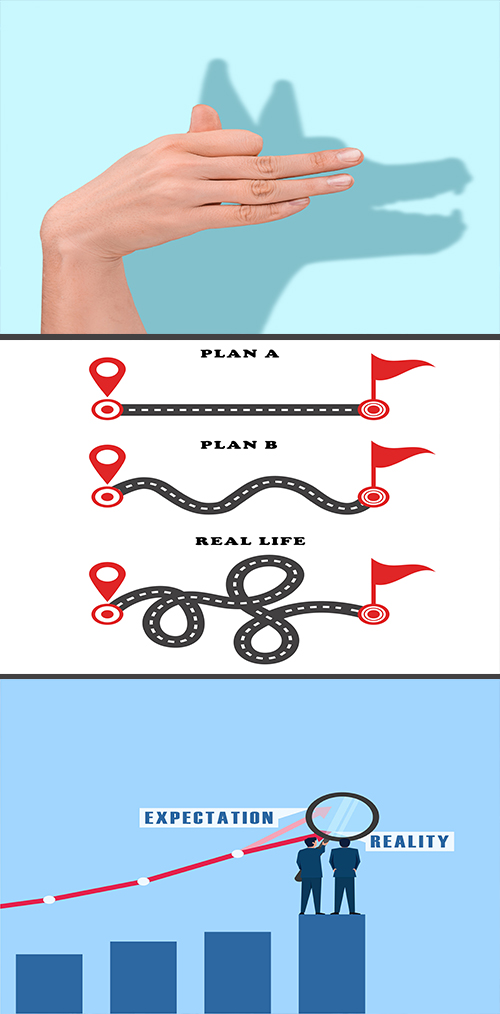
Once you are convinced of yet another insurmountable chasm between expectation and reality, you are forced to collect these items bit by bit from different wesites, download the few available examples of game design documents of famous games, dig up low-quality parodies of templates, epic in rarity and modest in content, and generally suffer terribly.
Our task is to simplify your life as much as possible and break this ice of information for everyone about nothing.
Therefore, our team has prepared a full-fledged game design document template, which we provide to all our clients planning to create a game.
By filling it out, you will receive a real (no cheating) entry-level game design document, which is necessary to start working on a game project. Subsequently, it will be supplemented with a large amount of nuances, but for a start, the information collected in it is absolutely enough.
The paragraphs marked as optional can be skipped – you may not yet know exactly what the gameplay will be like, or you are not ready to decide exactly on the engine. Already in the process of work, the team will help you formulate the missing information, advise on creative and technical solutions, and add all this to the document on their own.
All the information you need in one place. You are welcome
Get your templateWith the help of the information obtained from this game document template, we can make a quick and fairly accurate calculation of the cost of developing a game and plan the timing. You can start filling it out right now, which will save you a lot of time and resources.
In the Footsteps of Famous Games – Video Game Design Document Examples
Game design documents are often not in the public domain. But some well-known developers nevertheless posted their documents on the network so that all interested parties could understand how the legendary games were created. Grab some video game design document examples:
- The multi-platform psychological survival horror and action-adventure game Silent Hill 2 developed by the Japanese company Team Silent and published by Konami has a rather long and very detailed game design document with a lot of visuals and diagrams.
- One of the lead designers of the legendary action-adventure game Grand Theft Auto, originally called Race’n’Chase, shared a unique piece from 1995 that can serve as an excellent design document example of the most iconic product of the gaming industry ever. It was created and developed primarily by the British development company Rockstar North (formerly DMA Design) and produced by Rockstar Games.
- The Doom Bible is the original game design document for the world famous shooter Doom, written in 1992. All 5 main games were developed by the American company id Software, while the development of side games was entrusted to various third-party studios. This is a great game design document sample with maps, glossary, and detailed descriptions of each episode.
What Software Do Game Designers Use?
Since game design continues to be diligently and persistently confused with game development, we often find on the Internet the belief that the main tools of game designers are Unity, Unreal, and other engines. It’s hard to imagine anything more ridiculous. And for game designers, such news would be a big surprise.
The main thing here is to understand that Unity, Unreal, and so on are not game designer tools. These are developer tools.
But we’re not here to answer the question of what game developers use to create video games. And developers and designers are not the same things.
Let’s recall again – what is a video game designer? This is a specialist who creates a holistic idea and skillfully decomposes it so that other team members can understand their tasks. The game design document is the embodiment of their power. And various trials and experiments have led to the conclusion that the best tool for presenting it is Google Docs.
It allows you to easily edit a document and grant access to all team members. Moreover, if the game is large-scale, then you can create a whole hierarchy of documents for each of its sections and store them in one folder.
In addition to Google Docs, game designers set tasks and track progress in classic project management software of the company’s choice: Jira, Trello, and others.
Other software is optional for each team and is based on the personal preferences of the specialists. For example, it could be a tool for:
| Creating lists of any nesting | An example is Workflowy. It can help you compose personal tasks, collaborate with a team on large-scale projects, store notes, keep materials in one archive, keep a journal, plan events, etc. |
| Creating to-do lists | An example is Todoist. It allows you to structure tasks and mark their status, collect interesting materials in the reading list, organize projects on Kanban boards, and integrate various services such as Gmail, Slack, Google Calendar, and others. |
| Calculating game balance | This is most easily done in Excel or its online version of Google Sheets. You can take data from neighboring tables, search by cells, build graphs and charts, but the main thing is to calculate the balance. |
| Creating mockups | An example is InVision. It consists of simple drag-and-drop tools that make UX design planning a lot easier. You can test your prototype in a browser, smartphone, and even in real time. |
| Prototyping | Often, game designers do not do this, but if such a desire arises, then there is nothing better than Unity. This engine has such a powerful community and number of tutorials that you can easily find answers to any questions. You will have to dig into C# a little and get some basic API knowledge, but it’s worth it because you can zip through prototyping hands down. |
These are just examples. Some designers use Notion or Confluence instead of Google Docs and edit the configuration in Sublime Text and Atom. The main task of the tools is to speed up and optimize the work of the game designer as much as possible. Everything else is of evil.
What Is the Salary of Game Designers?
According to PayScale and Glassdoor, the average salary for a game designer in the United States is $65,000 a year. Juniors start at $50,000, while lead game designers can get $110,000 or more.

Nobody has canceled the classic factors that affect salaries:
- Experience
- Location of the studio
- Workload
- The complexity of the project
Therefore, highly qualified specialists with many years of experience and deep knowledge of the specifics of the gaming industry may well go beyond this range.
As for the location of the studio, everything is classic here – the most expensive specialists are located in the US, while Eastern Europe offers more affordable and flexible prices.
| US | Germany | UK | Eastern Europe | |
| Game designer | $54 | $46 | $31 | $17 |
Hourly rates are calculated based on average game designer salaries per year taken from PayScale and Indeed platforms.
In the End
Pandemic fueled the gaming industry. In 2020, 2.7 billion gamers spent nearly $160 billion on digital entertainment products, and in 2023, this figure will definitely exceed $200 billion. But this does not only mean that now is a great time to create new games. This means that people need good games now more than ever.
Will your game be successful and attractive to people? It is almost impossible to predict. But you can try to maximize the likelihood of a positive outcome. To do this, you need a good idea and a cool team. And we propose to move forward together.
Our team of passionate adherents and connoisseurs of the diversity of the gaming industry have been working on creating games for over 11 years. During this time, we managed to work both with giants such as Epic Games, EA, and Lucasfilm, as well as with a huge number of small studios that are just starting their way into the world of digital entertainment.
Our artists, animators, and developers can work on individual aspects of the game or a complete product from scratch – then we involve our unsurpassed game designers in the work, working in the best traditions of this article. Our team is passionate about their work and is always responsible for the result.
Don’t hesitate to contact us even if you don’t have a clear idea yet – our game designers will shape it for you and give it the very spark to ignite future players.


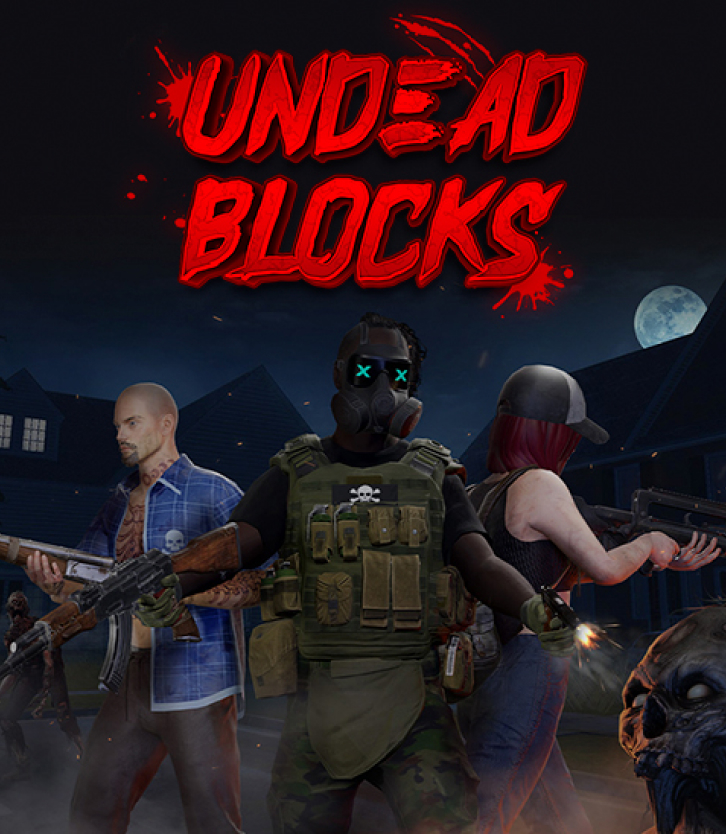
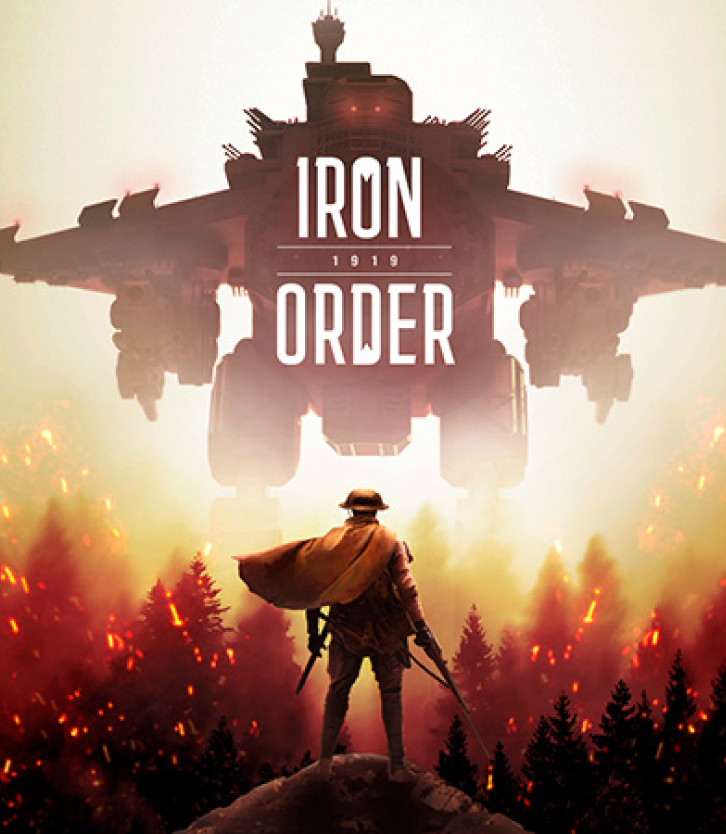

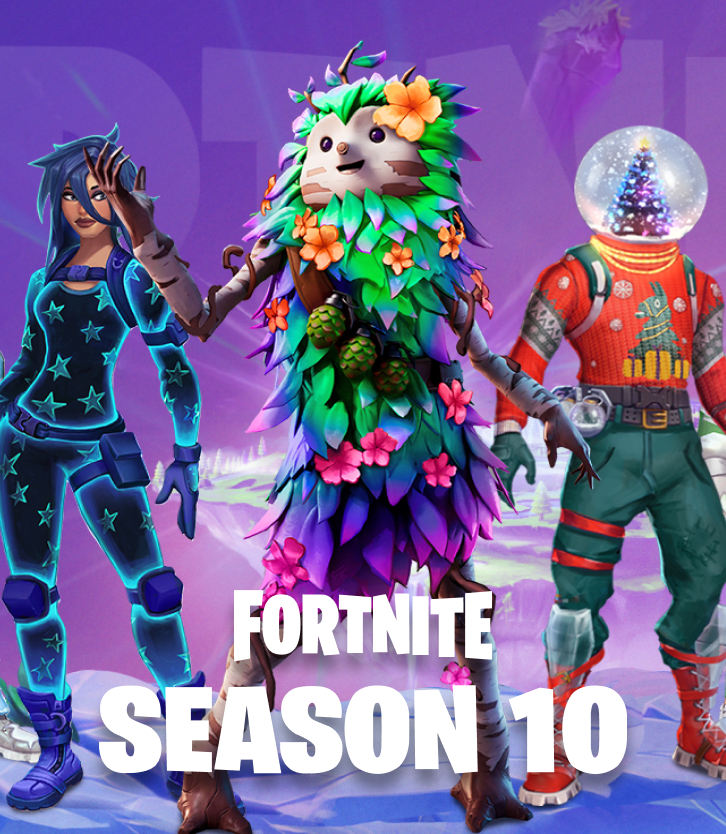
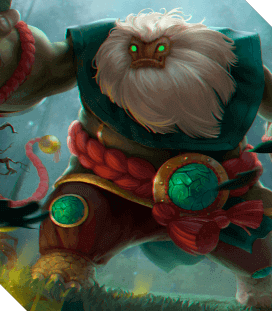


![Indie Game Development: Guide to Revenues, Most Profitable Genres & Monetization [+10 Best Indie Games 2024]](https://kevurugames.com/wp-content/uploads/fly-images/11949/indie-pre-138x138.jpg)